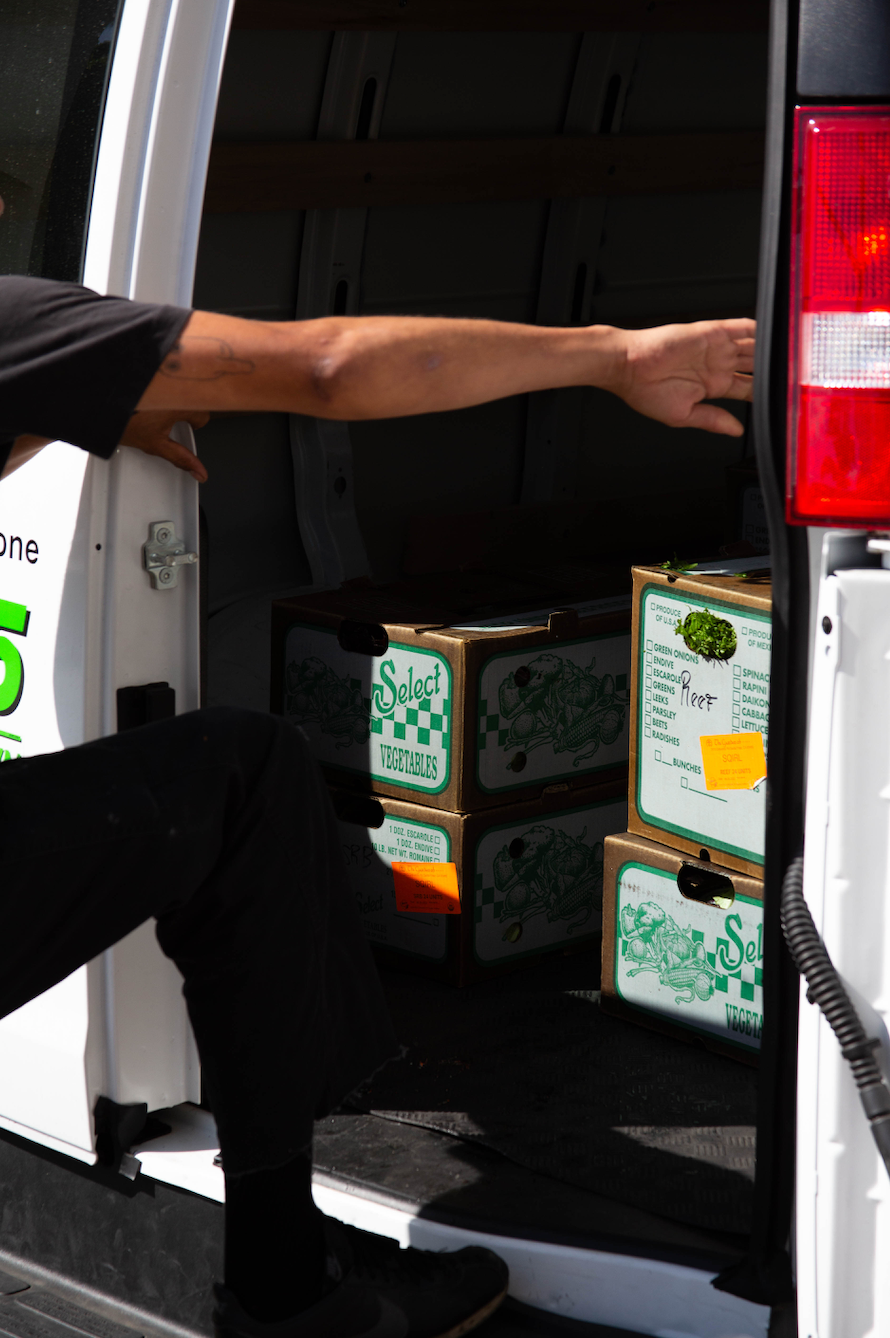A Brief History of Plums in California
On the occasion of our inaugural batch of Aprium (an Apricot + Plum interspecific cross) Jam, we thought we'd give the folks at home a quick history lesson on Plums in the great state of California:

The first named cultivars of plums were brought to California in 1851. Until 1870 only European and American plums were grown in California. Then Luther Burbank comes on the scene, moving to California from Massachusetts in 1875, & proceeding to open a nursery in Santa Rosa where he would take an interest in plums, specifically Asian plums. In an article published in HortScience (2015), David Karp writes,
"In the history of horticulture it is rare to find an individual who almost single-handedly created a new commercial industry based on a novel fruit type as Burbank did for Asian-type plums in the US."

In the history of horticulture it is rare to find an individual who almost single-handedly created a new commercial industry based on a novel fruit type as Burbank did for Asian-type plums in the US.
The 113 named varieties of plums and prunes that he introduced in the late 19th and early 20th centuries were by far the most numerous and arguably the most significant of Burbank’s horticultural accomplishments. Burbank was the first to cross plums and apricots, creating the first plumcot. However, plum & apricot crosses didn’t really catch on for a few more decades, and when they did, it was thanks to the work of Floyd Zaiger in Modesto, CA. Zaiger developed and released numerous varietals, with Apriums and Pluots becoming Zaiger’s prized trademarks.

This is all to say that what you find at the Farmer’s market, is all wrapped up in the personal interests and botanical decisions of farmers and botanists like Burbank and Zaiger and is, in so many cases, a creation birthed in some pocket of the fantastical farmlands of CA.











